The Imperial Mint Museum in Oravita
A mining town for centuries, Oravita played a leading role in the economy of Banat, a province that until 1918 was part of the Hapsburg Empire.

Christine Leșcu, 03.10.2015, 14:00
The exploitation of iron, copper and gold in the region was crucial for the progress of the town, which in time came to be known as the town of premieres in the Romanian regions, as it was in Oravita that the first theatre edifice was built, between 1814 and 1815. The “absolute first series also includes a mountain apothecary, for which documentary evidence was found as early as 1763, the furnace inaugurated in 1718 in the Ciclova Montana, a locality under the administration of Oravita, the beer factory inaugurated in 1718, also in Ciclova Montana, the first railway on present-day Romanian territory, linking Oravita to Bazias and inaugurated in August 1854 as well as the first mountain railway, linking Oravita to Anina, which was inaugurated in November 1863.
A small imperial mint museum has recently been inaugurated in Oravita. The museum is part of a larger project, which also includes 17 museum exhibitions and is still in progress. The museums initiator and curator is Ionel Bota, director of Oravitas “Mihai Eminescu Old Theatre.
Out of love for this site which belongs to historical Banat and implicitly to Mittel Europa, that is Central Europe, we wanted to promote yet another cultural priority in todays Romania. It is a mint where the cheapest coin was mint, the one all social categories could afford that is the copper mint. Copper deposits were significant somewhere nearby Oravita, in Ciclova Montana. Actually, in 1811 a mint was founded there, which had been operational until 1855, when in Mountainous Banat the SteG (the Austrian Railway Company) became operational. We have on display the four items that had been mint there. There were four creitari, all with different values. That was how the coin was called, it was a cheap coin, also because of the stuff it was made from, while the rare and expensive coins were obviously made of silver and gold. The most widely circulated currency of the empire was thus brought to Banat once the mint had been set up in the region. The coins mint in Ciclova Montana have the symbol O engraved on them, O standing for Oravita.“
Setting up the mint meant an enhancement of the way money circulated in Oravita and also brought about the progress of the banking system in the region. With details on that, here is Ionel Bota again.
“At that time, the town hosted various branches of mutual aid associations and also branches of banks from Pesta and Vienna. The first bank in Oravita was set up in 1866. This bank was operational until 1946, based on the mutual aid system, lending and funding of investment. There were also several banks in town that opened their own branches in Vienna, Pesta or Graz. The most important such bank was the Oraviceana Bank, founded in 1893, which had been operational until June 1948, when it was seized by the state.
The functioning of the mint in Oravita is also connected to the existence of the first pharmacy in the city. The first director of the Oravita mint, Augustin Filip Knoblauch was a member of the family who, also in the early 19th century, took over the first mint pharmacy in Oravita. First mentioned by documents in 1763, the pharmacy was aimed to serve the communities of miners and metallurgists, which at the time were the most frequent jobs in Oravita. The building of this first pharmacy has been preserved to this day. It is a heritage building now located in the historic center. The library where the mint museum had first become operational is also located there. Ionel Bota tells us more about the exhibits:
“There are documents mentioning the previous traditions related to monetary circulation, bank prints and financial reports. All these documents form a kind of history of this field in our area. We also have documents directly connected to the way in which the coins were made in the presence of the areas imperial advisors, people from the entourage of Emperor Francis I. The emperor, together with empress Carolina Auguista, attended the shows marking the opening of the theater in Oravita in October 1817.
The Old Theater is still open today, and its building, designed after Viennas Burgtheatre, is another tourist attraction of Oravita.






























